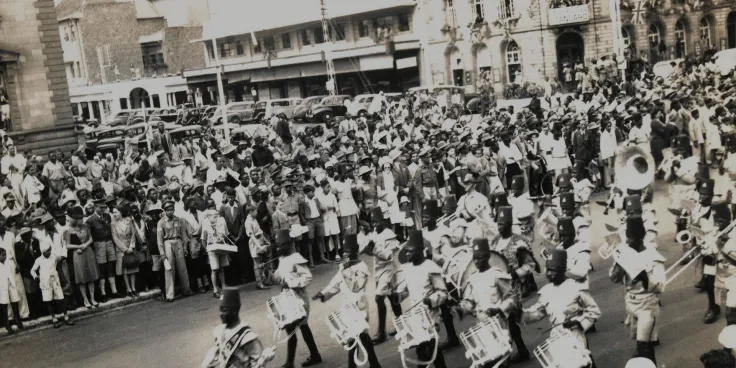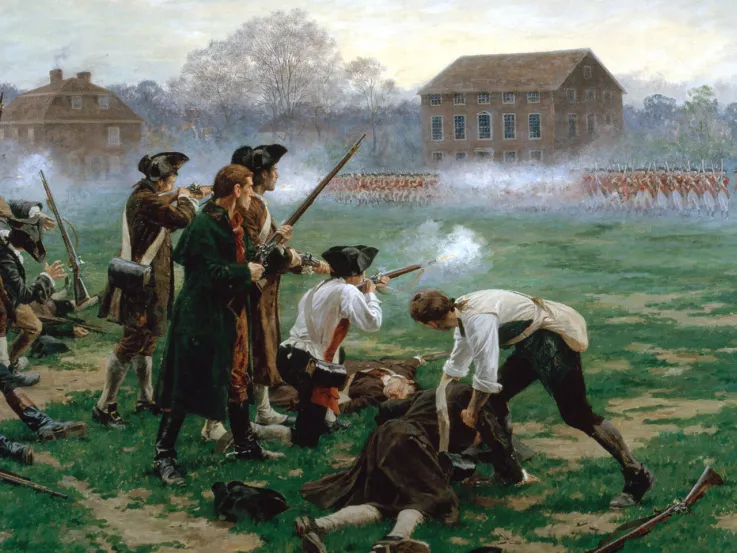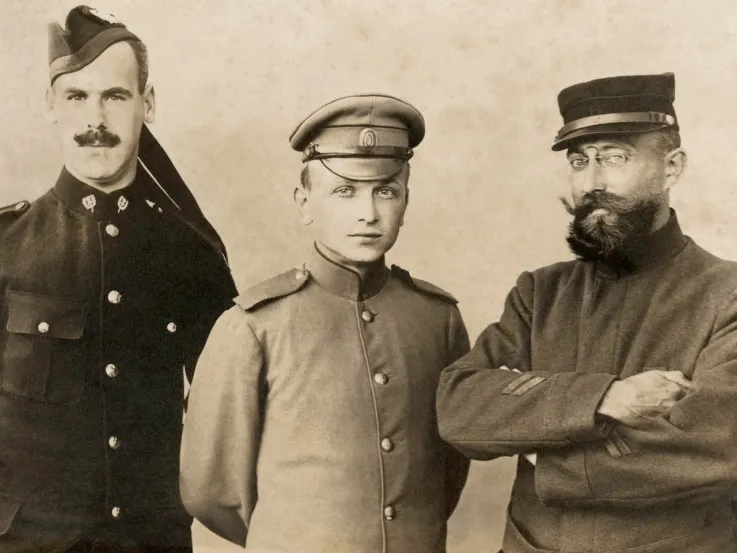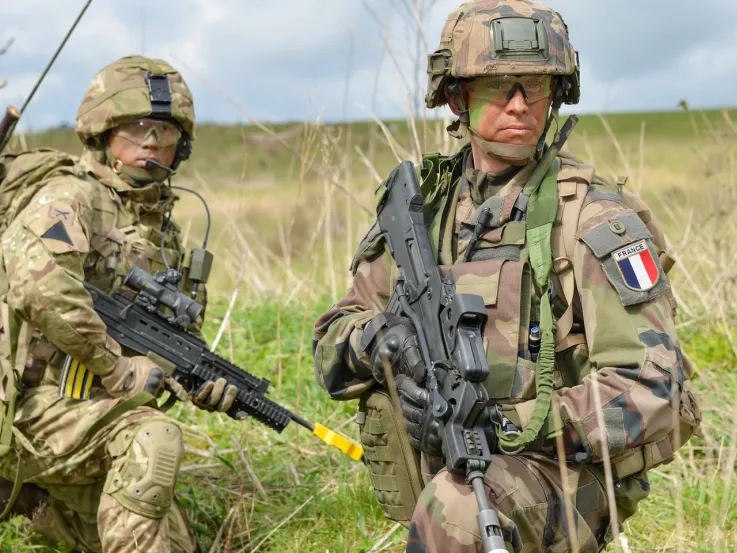Explore

War and Peace
On This Day: May 1945
In May 1945, the Allies celebrated Victory in Europe. While the war in Japan was still to be won, attention also turned to the challenges of the peace, not least the return home of millions of soldiers.
Explore by theme















